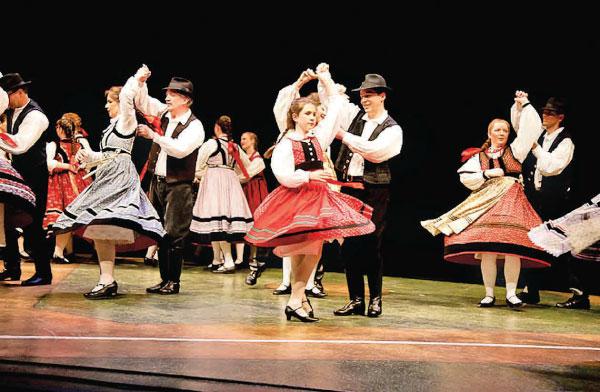
Johannes Brahms is considered to be one of the greatest composers of the Romantic period in Western classical music and he, Beethoven and Bach were known as the three B’s of classical music.
Brahms was born on the seventh of May 1833 in Hamburg, Germany and was the second son of Johann Jakob Brahms, a musician and Johanna Henrika Christianne Nissen.
Young Johann showed much talent for music at an early age and probably had his early music lessons with his father. At the age of six he had created a system of his own to write musical notations and started learning the piano, cello and horn. He started learning the piano when he was seven with a music teacher named Otto Cossel. By the age of ten he was a very good pianist and played in a chamber music concert . An American who heard Brahms playing invited him for a concert tour in America but Brahms's teacher thought he was too young to do so. Instead, he suggested that Brahms study with Eduard Marxsen, a well-known piano teacher in Hamburg. 
By 1848 Brahms was giving concert performances and composing music. He also played the piano in restaurants and similar places to earn money as his family was often hard pressed for money.
He sent some of his compositions to another famous composer Schumann who returned them without looking at the music. However, Brahms met Schumann again when he, Brahms, was around 20 years in age. This time Schumann was so impressed with Brahms that he wrote an article in the musical journal Neu Bahnen (Musical Paths) which helped Brahms to become well-known. Around this time Brahms met another famous composer Franz List.
Many people thought of Brahms as another Beethoven and this affected him. He felt that he was not upto Beethoven’s standard and did not write symphonies for a long time. When he did compose his first symphony he did not make it public for a long time as he felt it did not match Beethoven’s standards.
Hard work and the critical and high standards which Brahms set for himself along with his great musical talent were the reasons for Brahms success as a composer. He was also one of the few composers who was able to compose full time without doing any other job. He spent so much time composing that he was often careless about his looks and his clothes. At times he forgot to fix suspenders to his trousers and had to hold them up when conducting to prevent them falling down.
There were many Hungarian musicians living and performing in Hamburg and Brahms was greatly influenced by the unusual rhythms of Hungarian folk music. His Hungarian dances are among the most popular of his works. He wrote 21 dances and the Hungarian Dance No 5 is the most popular of them all. Brahms became an accompanist to a Hungarian violinist named Remnyi and they went on many concert tours.
Brahms held several posts in Hamburg including the post of a conductor of a women’s choir.
 Brahms went to Vienna in 1863 and lived there till his death. Very soon his music became popular in Vienna. For a little while he functioned as the Director of a choir called Singakademie which sang some of his songs. Brahms was appointed as the Director of a concert series called Vienna Gesellschaftskonzerte but he wasn’t a very good conductor and in 1875 another conductor took over.
Brahms went to Vienna in 1863 and lived there till his death. Very soon his music became popular in Vienna. For a little while he functioned as the Director of a choir called Singakademie which sang some of his songs. Brahms was appointed as the Director of a concert series called Vienna Gesellschaftskonzerte but he wasn’t a very good conductor and in 1875 another conductor took over.
However, Brahms became more and more famous as a composer during this period and his works during this time include one of his greatest works Eindeutsches Requiem (A German Requiem), and one of his most popular works, the Variations on the St. Anthony Chorale (sometimes wrongly called as Variations on a Theme by Haydn).
In 1876, Brahms allowed his First Symphony to be performed. He composed many of his greatest works during this period. He usually spent his time performing in winter and composing in the summer.
Brahms wrote four symphonies and music in every musical form except opera. He composed many vocal pieces, the greatest of which is considered to be the the German Requiem. These included many works for choirs, and a large collection of lieder (songs with piano accompaniment). His piano music included sonatas , fantasias, rhapsodies, ballads, intermezzos, capriccios and romances. Included in his chamber music are string quartets, quintets and sextets and piano trios, quartets and a piano quintet. He also wrote four symphonies and four concertos: two for piano, one for the violin and one for violin and cello (the Double Concerto).
The Symphony No. 4 in E minor, Op. 98 is the last symphon by Brahms. It premiered on October 25, 1885 in Meiningen, Germany.
GutenAbend, GuteNacht (Good evening,good night) is the title of the Cradle Song or Brahms’s lullaby written in 1868 and it is one of the most well-loved lullabies in the world.
Johannes Brahms died on April 3, 1897.
